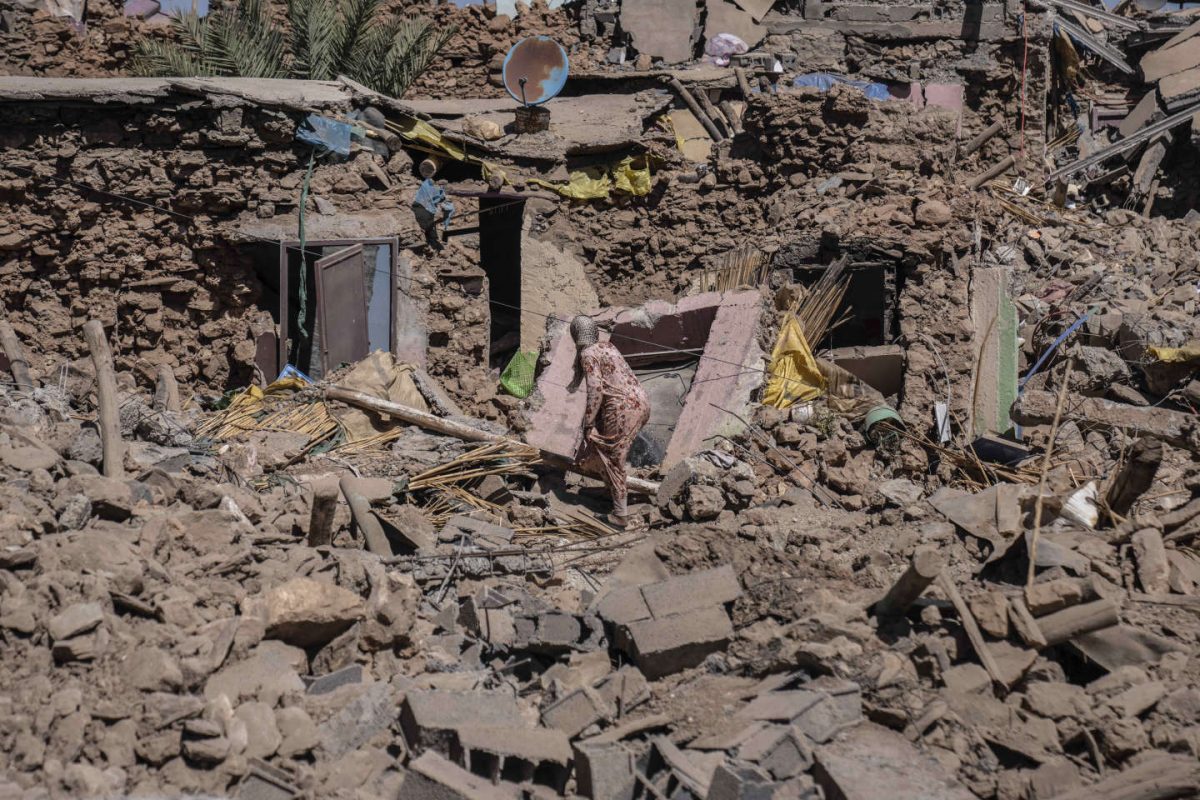On Sept. 8, a magnitude 6.8 earthquake struck Morocco at night, killing more than 2,900 people.
Morocco has been dealing with the aftermath of the deadly earthquake that took the lives of thousands and left scores of others injured. The High Atlas Mountain was the epicenter of the earthquake. Although it is not densely populated, there are small villages inhabited by people who became the victims of this earthquake. The earthquake turned the villages into ruins. It didn’t even take 10 seconds to devastate the lives of happy families in the village.
One victim of this earthquake said that the ground suddenly started to shake violently. Just a few seconds before, the families were sitting together, eating the dinner that had been prepared. The houses collapsed and sliced in half, leaving people trapped in their homes to be crushed by the ceiling.
The death toll continues to rise as the rescue efforts carry on. More than 2,000 people died on the day of the earthquake, but 2,900 deaths were recorded on the fourth day of the rescue. At least 5,500 of the survivors were injured.
Morocco’s High Atlas Mountains rarely have earthquakes classified as “strong”; however, this was one of the deadliest earthquakes they have ever faced. It was also unexpected since out of all the earthquakes that have struck the area, this was the only one that went over magnitude of 5.
“When I was in middle school, I experienced a 3.5 earthquake, and it was scary. But this time in Morocco, it was much stronger than that and I can’t imagine how terrifying it would be to the people of morocco,” Joonmo Ahn (10), victim of an earthquake, said. “I wish, just like we helped Turkey from their big earthquake, we do everything in our power to aid them and provide for them so they can recover from this horrific disaster”
“I think it’s kind of ironic that humans are so powerful, but still so many people die because of natural disasters,” Haven Cha (10) said. “I think it’s scary how it can really happen to anyone, and it’s even sadder because you have no one to blame but nature.”


